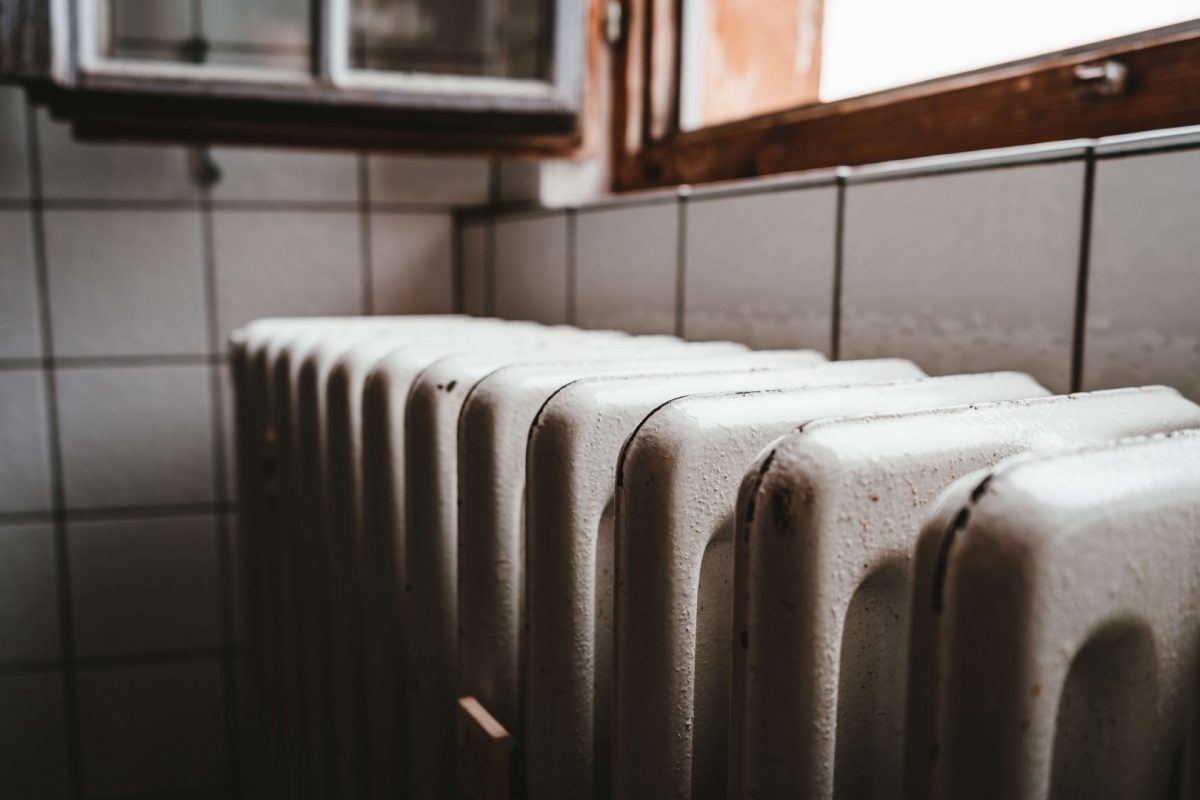Households consuming between 150 and 1,000 kW of electricity and between 100 and 1,000 cubic meters of natural gas during the five months of the period from 1 November 2021 to 31 March 2022 will benefit from monthly bill compensation by the state – according to the emergency ordinance on the regulation of certain fiscal-budgetary measures and the establishment of the compensation scheme for electricity and natural gas consumption for the 2021-2022 cold season, issued on Monday, 4 October 2021, by the Executive.
Urmărește mai jos producțiile video ale Economedia:
- articolul continuă mai jos -
According to the ordinance, the state will bear 21 percent of the electricity bill and 25 percent of the natural gas bill. The compensation scheme is based on a reference price of 68 money per kilowatt for electricity – the price of hydropower, the cheapest energy produced by Hidroelectrica. For gas, 25 per cent of the monthly bill is offset against a reference price of 125 lei per megawatt. This is close to the average regulated price before market liberalization. Anything above these reference prices will be compensated, but within consumption limits.
To qualify for compensation, you must consume up to a maximum of 200 kilowatts of electricity per month, a maximum of 150 cubic meters of gas in November and March, 200 cubic meters in February and a maximum of 250 cubic meters of gas in the coldest months, December and January.
According to specialists consulted by G4media.ro, an average of 115 cubic meters of gas is used to heat a 60 square meter apartment. For a house of 100 square meters, the consumption is between 250 and 300 cubic meters, for an average temperature of 21 degrees Celsius. This means that those who have large homes and consume more will not fall within the maximum limits for compensation.
“Maybe from now on we will also look at some efficiency measures in terms of reducing energy and gas consumption so that we can benefit from these bill reductions. Those with high consumption also have large premises and that means they can afford it, is one approach. Another approach is: whoever has high bills, high consumption, can apply more energy efficiency measures because, on the one hand, he can afford it, on the other hand, there is also a place to apply energy efficiency measures to reduce consumption”, said Silvia Vlăsceanu, energy expert, to G4media.ro.
What consumers should do. What the energy minister says
“People don’t have to do anything at all, they just have to aim to stay within their consumption brackets.
For electricity we are talking about an average monthly consumption of between 30 kW and 200 kW per month. Basically, we are talking about a consumption of between 150 kW and 1,000 kW over a period of five months maximum. We are talking about a deviation both monthly and over the winter period of 10%, so if somehow someone consumes more than 200 kW, consumes 210-220 kW, it will fit, we are not being absurd, we understand that everything is estimated and then we have a 10% deviation both over the monthly period and over the five-month period.
We are talking about a compensation of 0.21 lei per kW, practically 210 lei per MW, which is the arithmetic average of the regulated tariffs for transmission and distribution and electricity system in all 8 regions of Romania. Basically, from the state budget, we compensate the transmission, distribution and system tariff of electricity from the additional dividends of Hidroelectrica.
Compensation for both electricity and natural gas will be made against a reference price of 68 bani per kW, so any price that is higher than 68 bani per kW will benefit from compensation.
Let me give you an example: for a 100 kW consumer, which I have already given, a consumer – to make it easier to understand – if he has a tariff of 0.90 lei per kW, then 100 kW means 90 lei, 0.21 lei per kW means a compensation of 21 lei, he will pay a total of 90 minus 21, he will pay 0.69 lei per kW, that means he is one penny above that reference price. If the price is less than 0.90 and it’s 0.80 lei per kW, then minus 0.21 will mean 0.59 lei, but it’s below 0.68 and he’ll pay 0.68 lei. Basically below the reference price, which is the lowest price in the market, lower than last year, it’s the lowest price in the market, there’s not going to be an offset.
There will be an advantage for those who have a price around the reference price to move from a supplier who has a higher price because the compensation will be in a lump sum.
For natural gas we are talking about the same thing, the reference price is 125 lei for gas, which is the lowest price, it is the same price as last year for some suppliers. We will compensate 25% of the value of the gas. If this compensation will exceed 125 lei, then it will take the whole compensation, if it will be below 125 lei, then obviously we will cap it at 125 lei.
Furthermore, if we see any essential changes in the market price, we are giving the possibility to intervene not by law, but by a government decision, so that we can modify these tranches, these 21 and 25% aid if the situation on the ground allows it. These are the main things in a nutshell. You have noticed, we are talking about a different figure, we are talking about 0.21 lei, not 0.18 lei, because we thought it would be a simpler system than we first proposed, basically the distribution tariff and the transmission tariff and other systems added together give a higher amount than 18 lei and we said it would benefit citizens”, said Monday, October 4, 2021, at the Government briefing, the Minister of Energy, Virgil Popescu.
What collective consumers still have to do
Those who live in condominiums with a central heating system have to do something else, apart from being careful with their consumption. Owners’ associations must submit monthly to the gas supplier the individual consumption rates of those who share practically the same meter.
How much will bills rise
According to specialists, even with state compensation, energy bills will be 10% higher this winter for electricity and 15% higher for gas. Without compensation, bills will be 20% higher for electricity and up to 30% higher for gas, energy expert Silvia Vlăsceanu told G4media.ro.
Background. According to Energy Minister Virgil Popescu, the offsetting of household bills will be done for 5.2 million electricity households, i.e. 13 million Romanians, which is more than 65% of Romania’s population. For gas, the bills of 2.2 million households connected to the gas network will be compensated out of a total of 3.6 million, i.e. over 65% of the total population connected to the gas network.
“The total financial impact on the state budget is 1,304,934,197 lei, of which 494,204,246 lei for the compensation of electricity bills and 810,729,951 lei for the compensation of natural gas bills,” the explanatory note to the emergency ordinance adopted by the Executive states.

 Sursa foto: Unsplash / Julian Hochgesang
Sursa foto: Unsplash / Julian Hochgesang





























